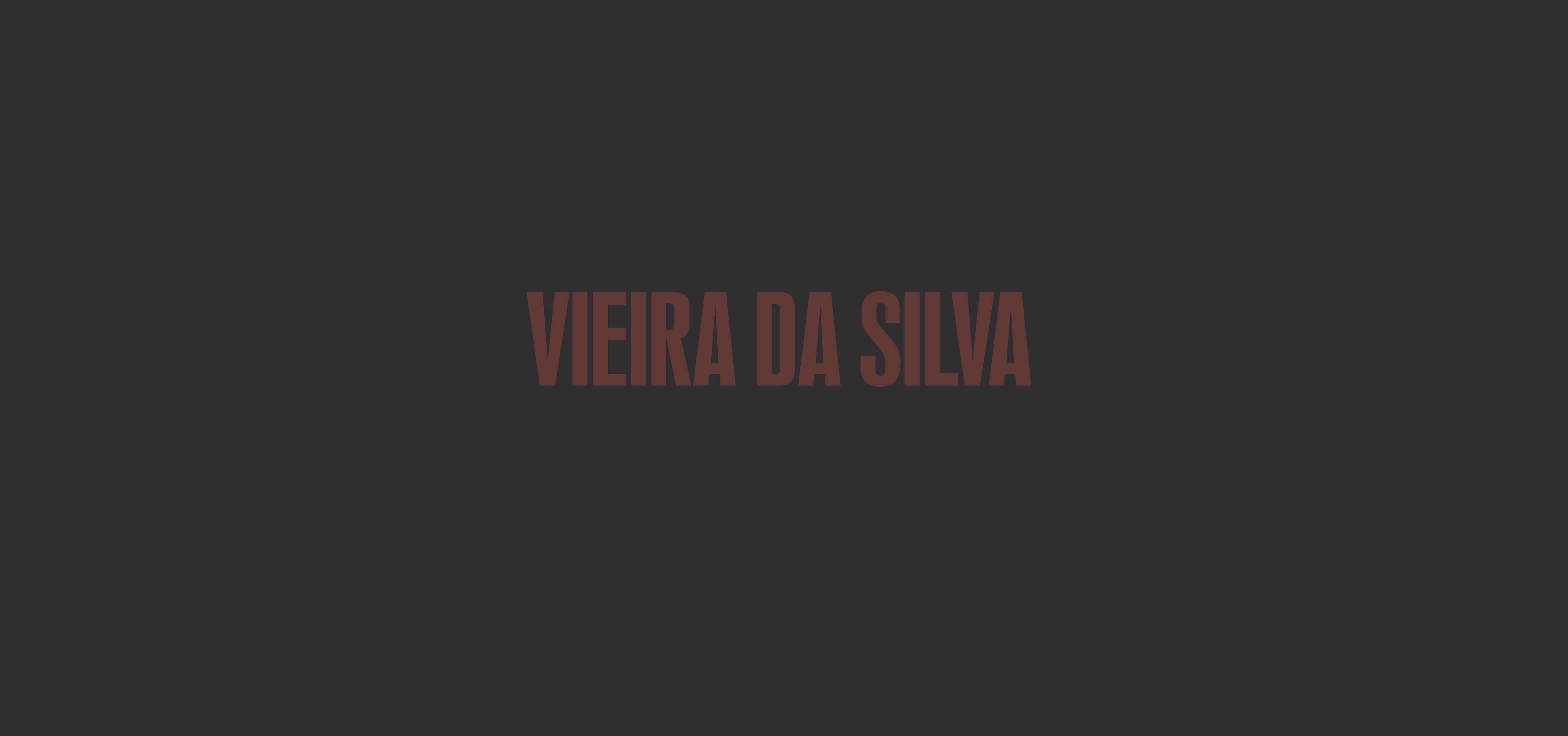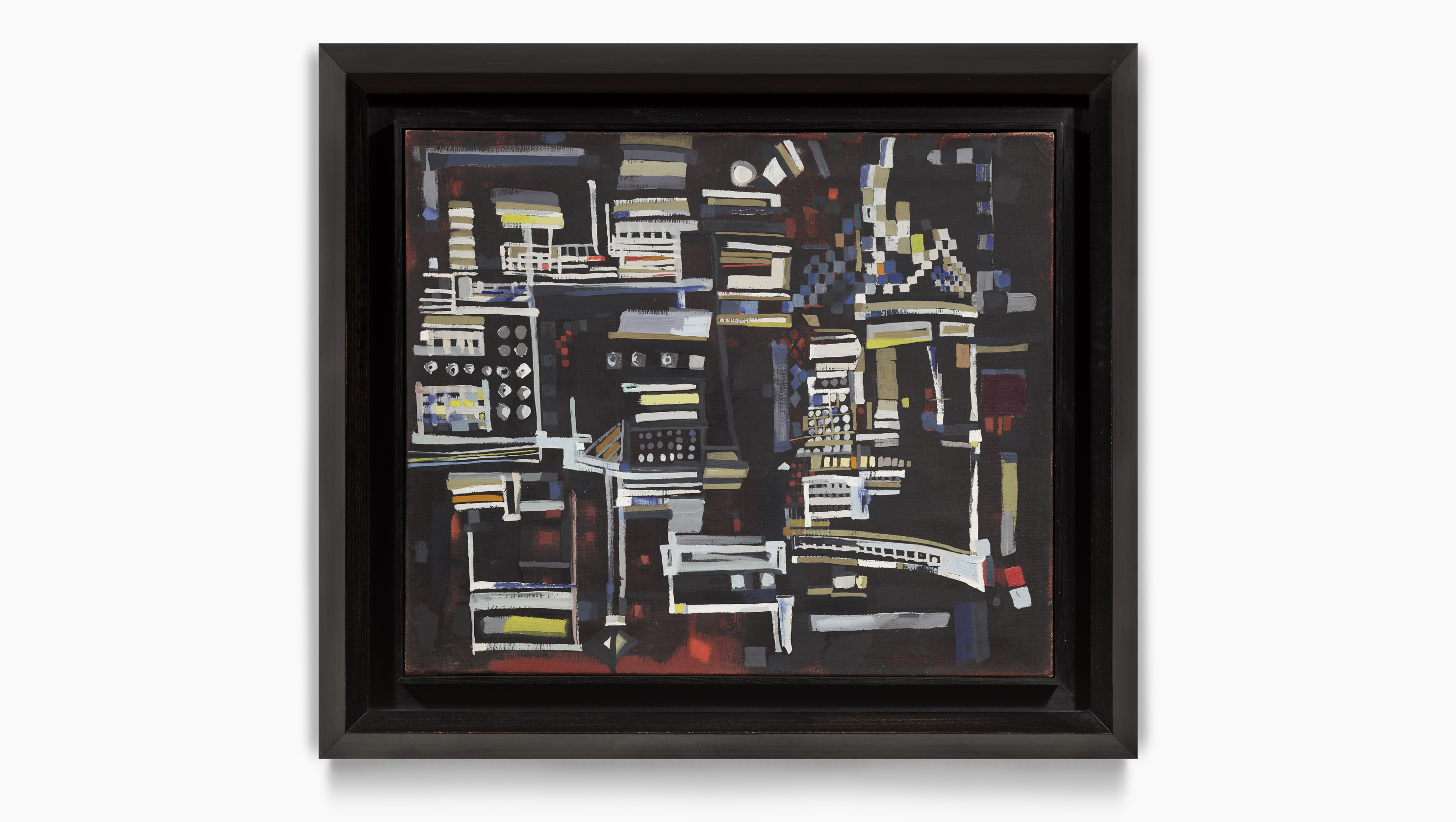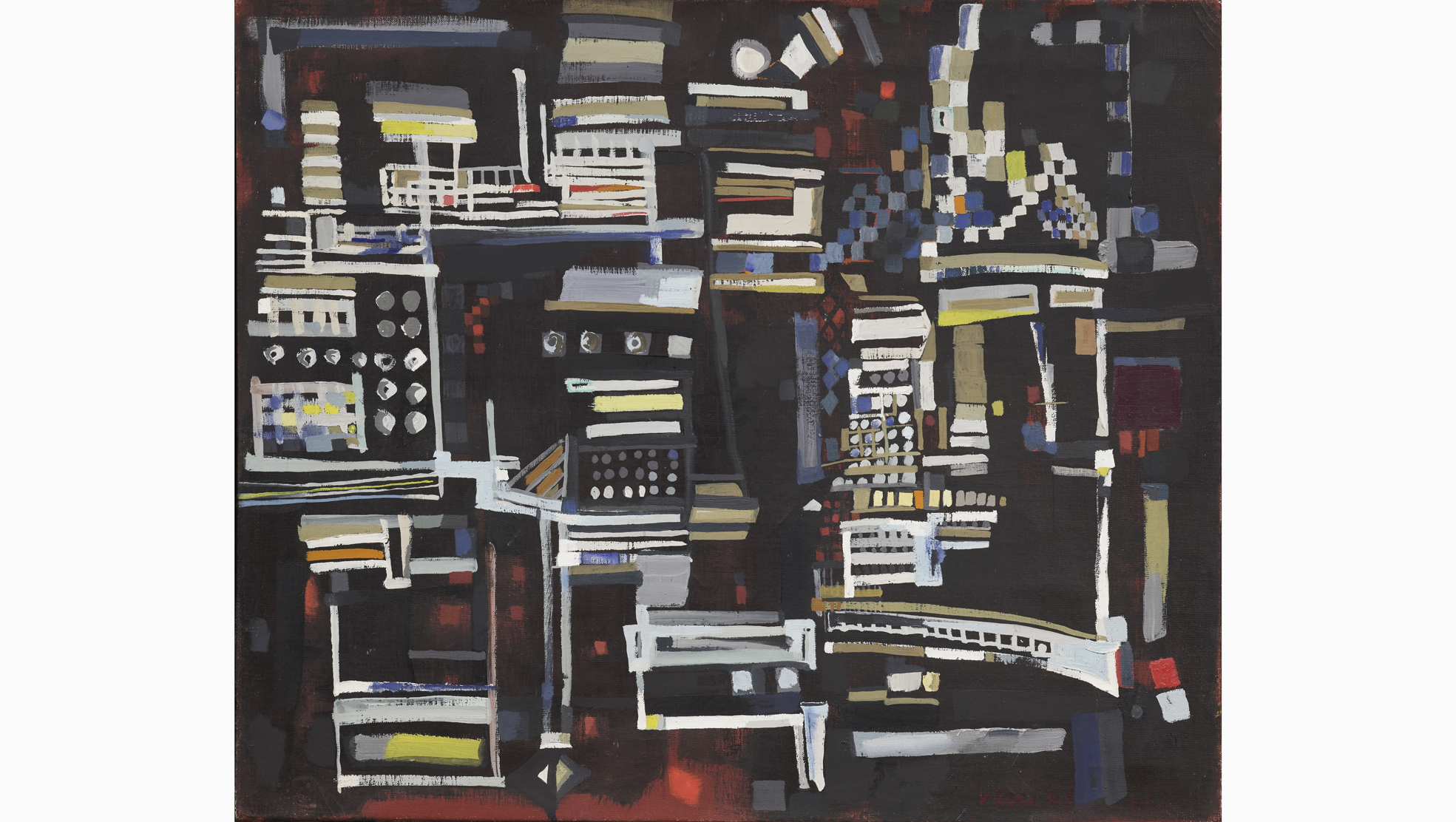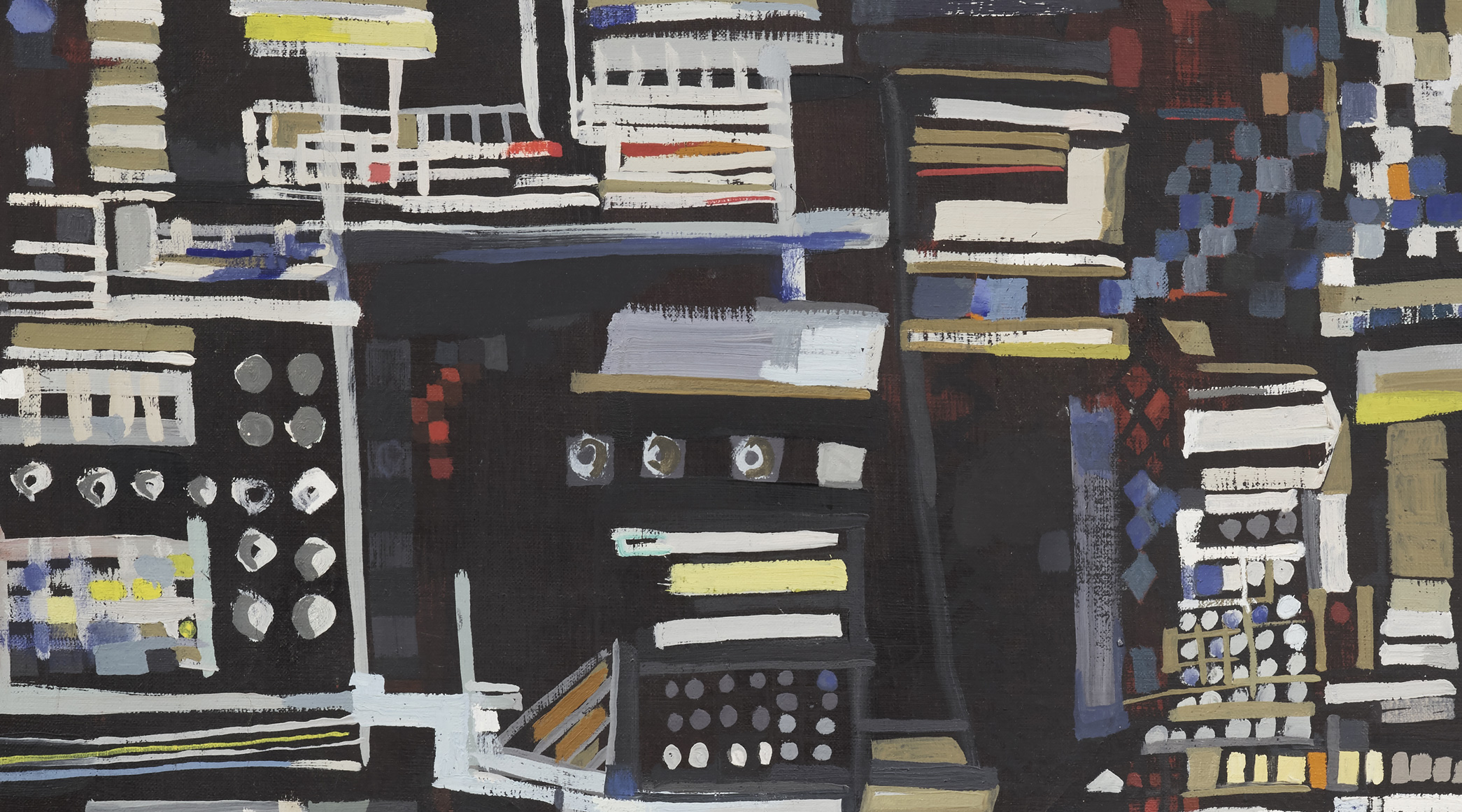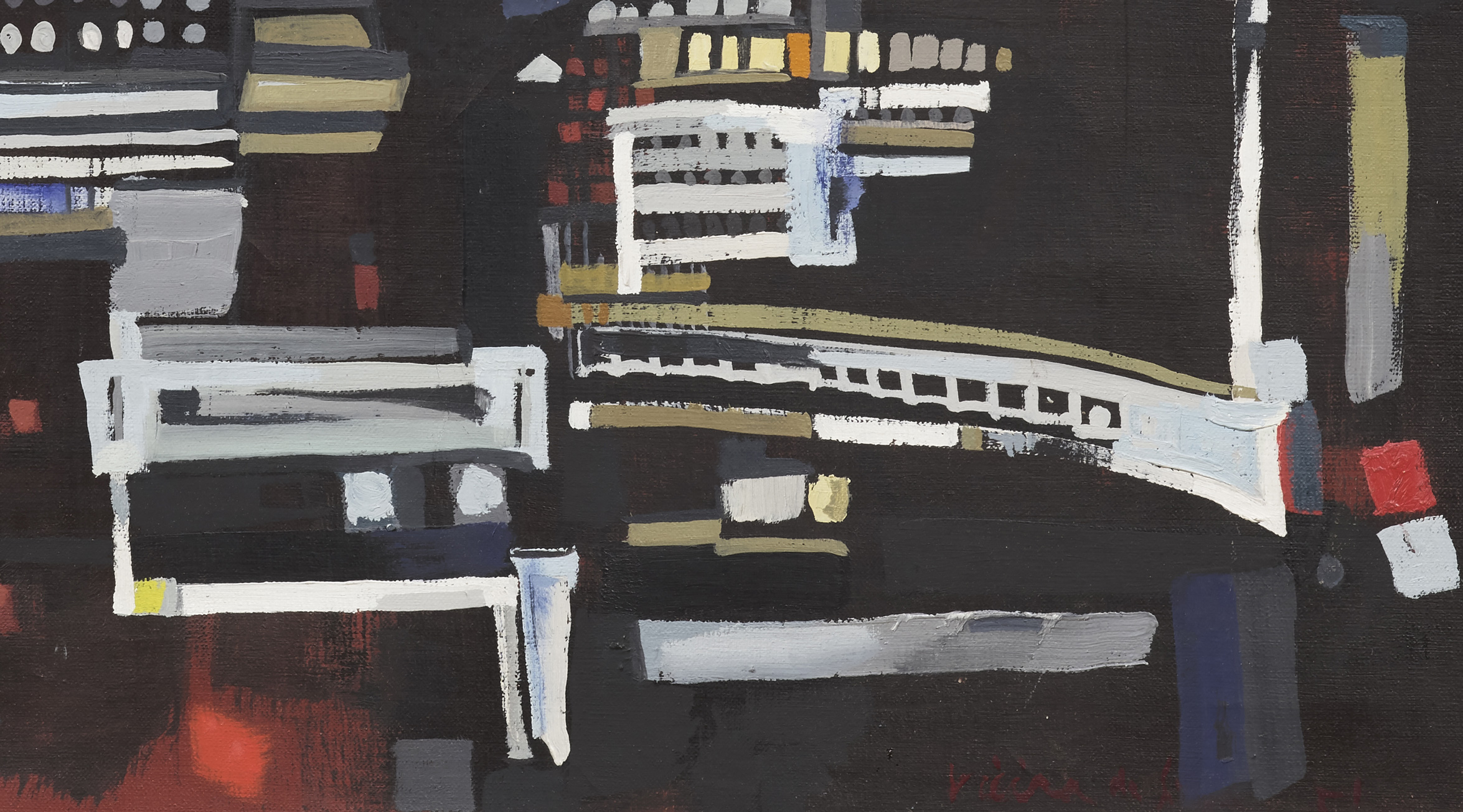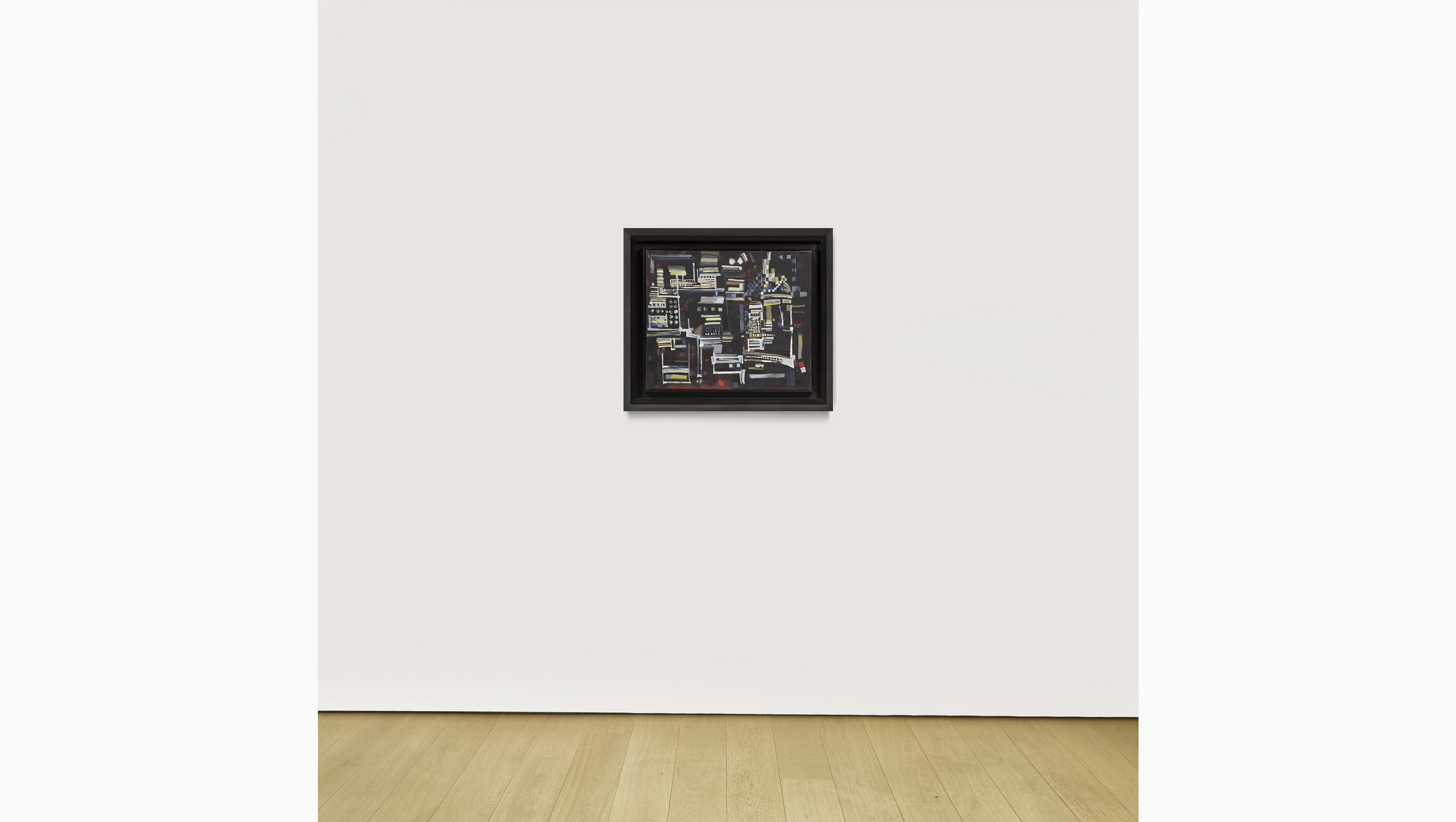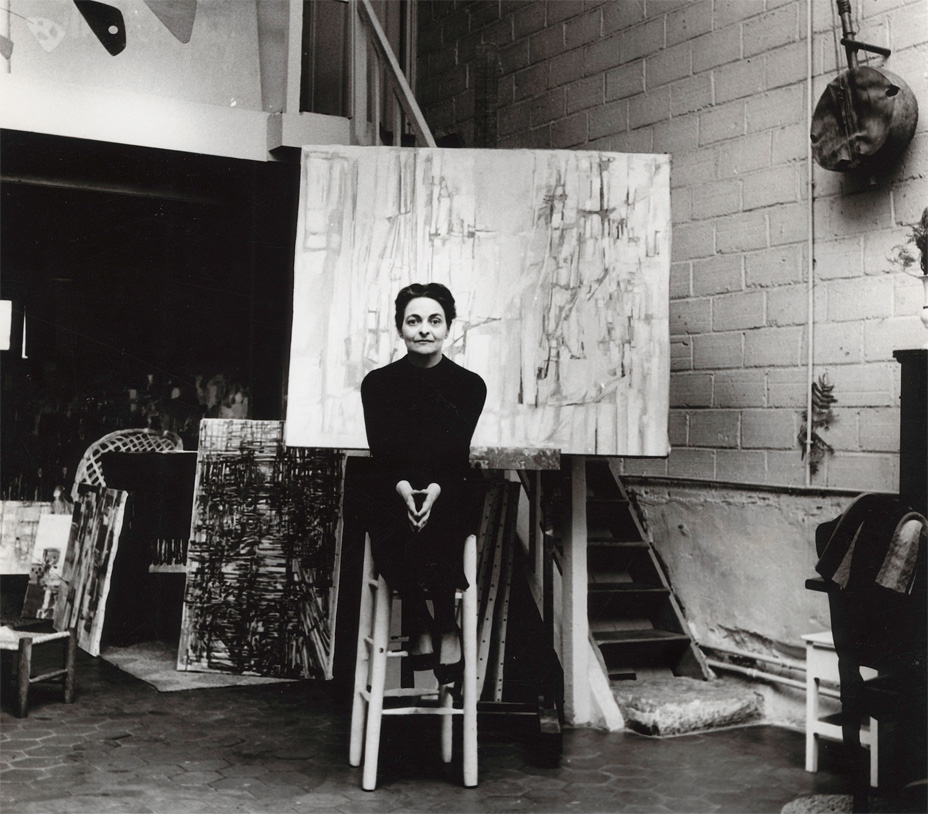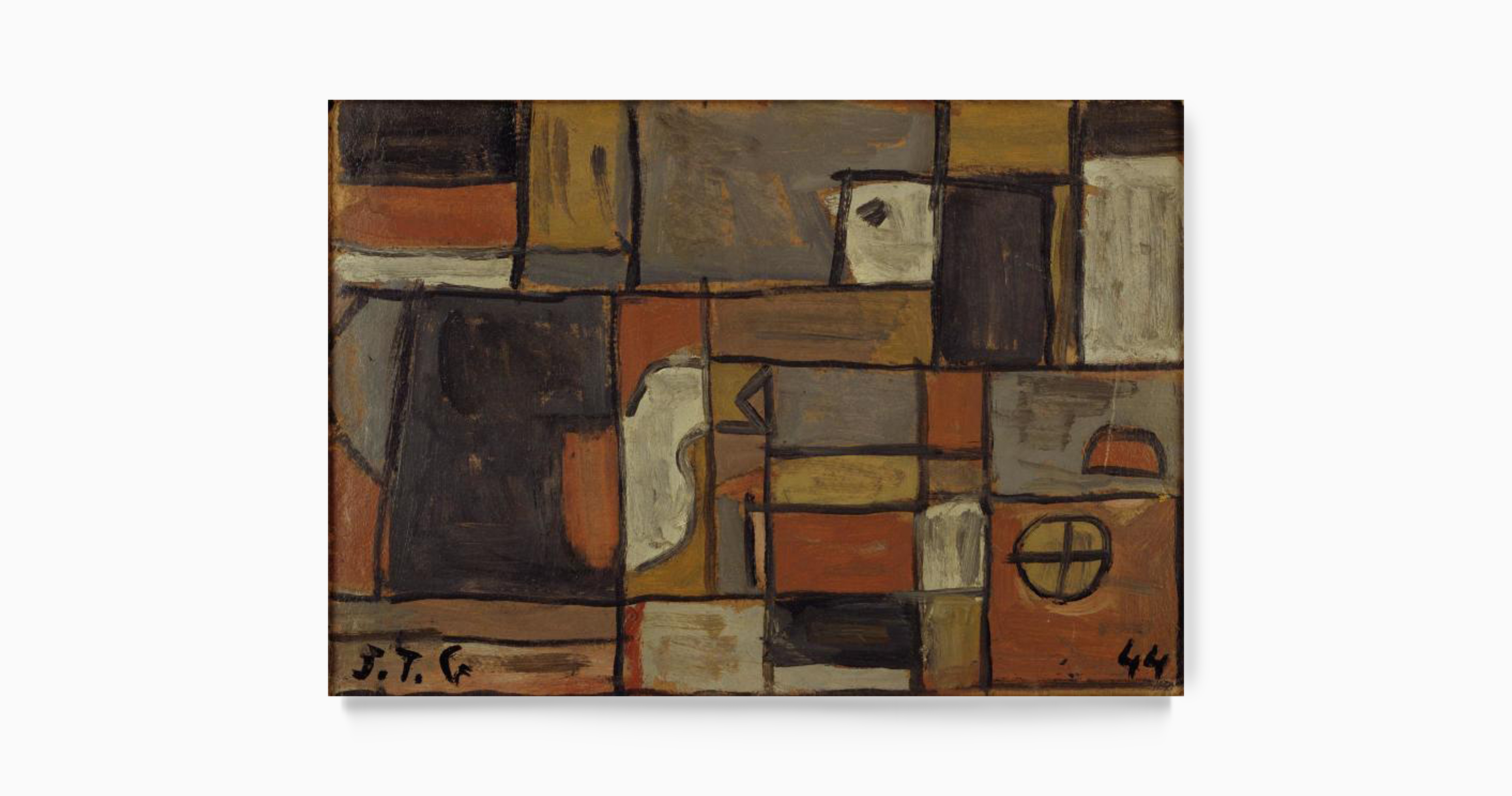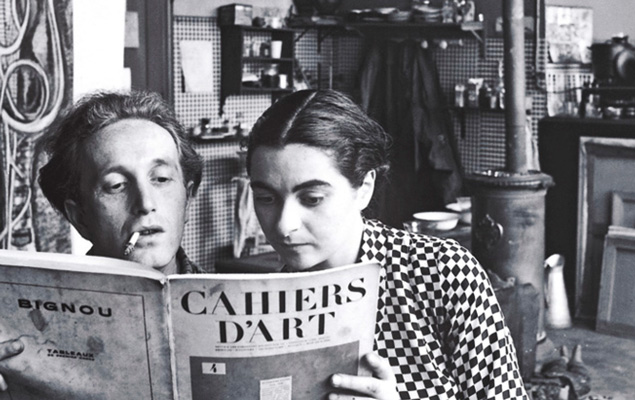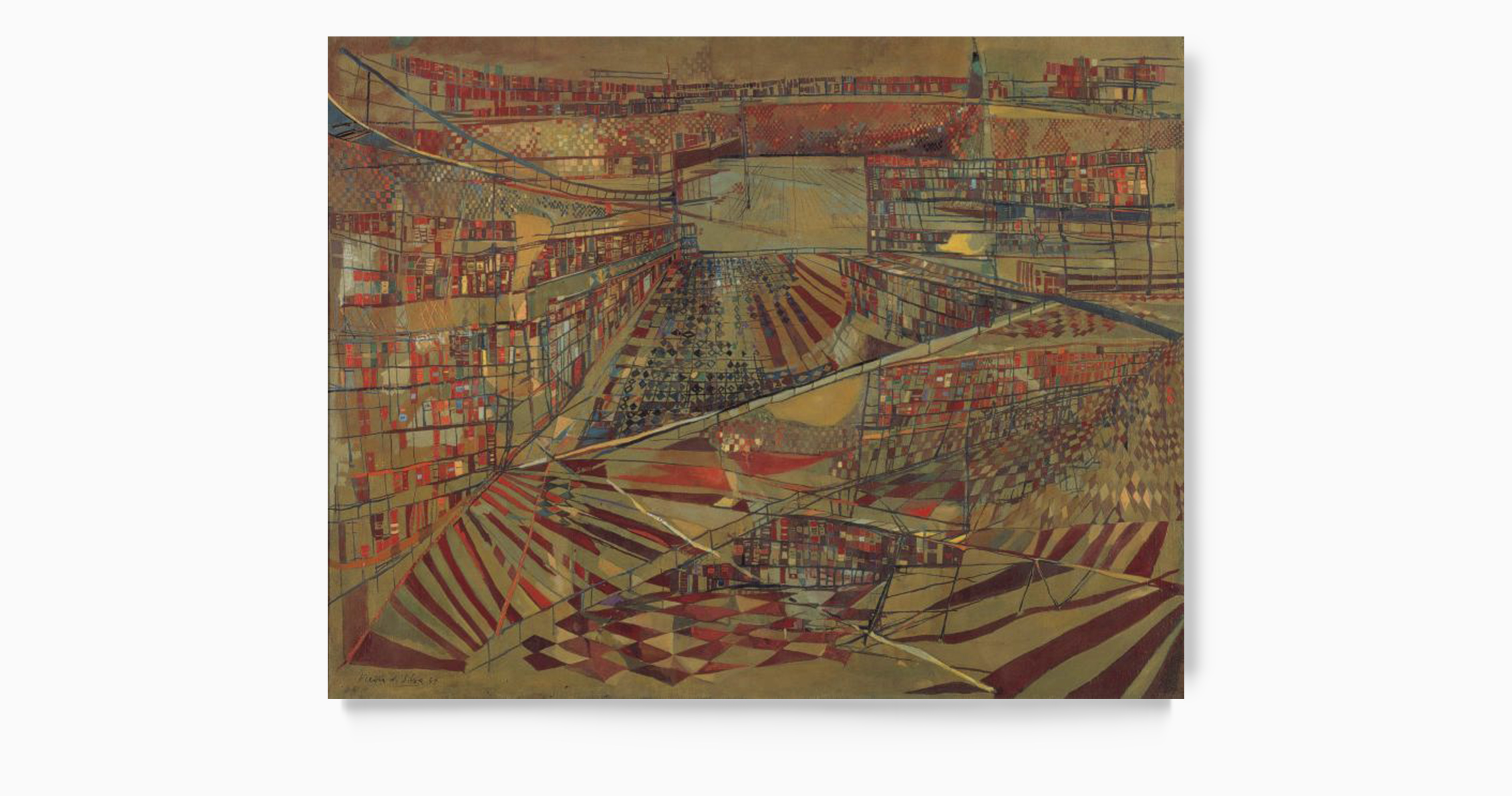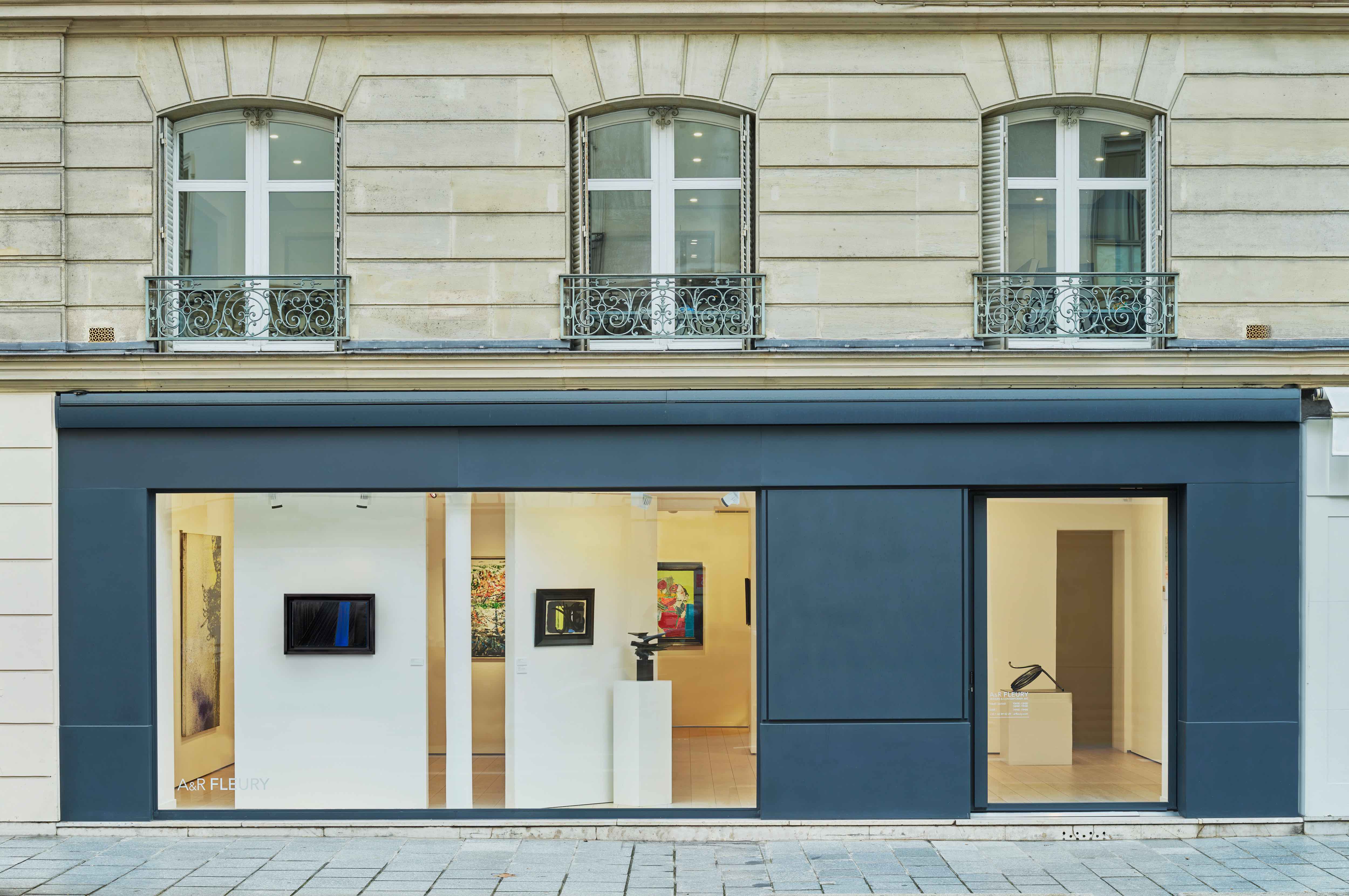Maria Helena Vieira da Silva (1908 – 1992)
Intérieur, 1951
Oil on canvas
Signed and dated Vieira da Silva 51, bottom right.
46,5 x 55,5 cm | 18 1/4 x 21 7/8 inches
61,5 x 70,5 cm avec cadre | 24 1/4 x 27 3/4 inches, with frame.
Provenance
Private collection, France
Baronne Goury du Roslan Collection, Paris (acquired in 1958)
Private collection, Paris
Exhibition
Hanover, Kestner-Gesellschaft & Deutschland; Wuppertal, Kunst- und Museumsverein; Brumen, Kunsthalle, Vieira da Silva, March-May 1958, n° 38
Literature
J.F. Jaeger and G. Weelen, Vieira da Silva Catalogue Raisonné, Geneva, 1994, No. 821 (illustrated p. 161).
G. Weelen, Vieira da Silva, atelier d’aujourd’hui, Paris, 1973 (illustrated p. 21).
G. Weelen, Vieira da Silva ou les structures mouvantes et superposées, La Revue du Louvre et des Musées de France, Paris, 19° year, 1969 (illustrated p. 299).

